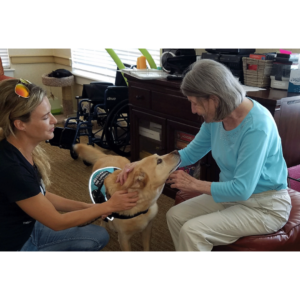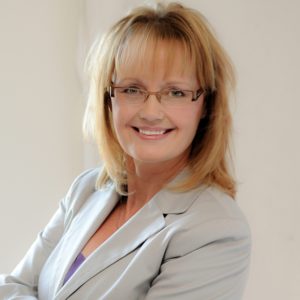Helping older adults plan for life’s 4th quarter
Most older adults are aware of the importance of retirement planning and having a legal will. But in a health era where 90 is the new 70, there can be a lot of life in between retirement and death. Not being adequately prepared can delay the financial viability of entering assisted living or even cause financial ruin.
Thanks to researchers at Northwestern University have created a website designed specifically for people age 75+, using explanatory material and videos to help them think through real-life scenarios and learn how to plan for them.
The PlanYourLifespan website was created following a study conducted on a focus group of 68 seniors (average age of 74). Researchers asked what life events might impede their ability to remain living at home and how well prepared financially they were to handle those events.
The five main worries: being hospitalized, falling, being diagnosed with dementia, not being able to care for a spouse and not being able to care for the home. While the named events varied, two things stood out: Many participants were worried about the financial impacts of events, and most had little idea how to prepare.
The website focuses on five main topics—hospitalization, falls, dementia, finances and “talking with others”—offering ways to communicate wishes to family members and physicians. A series of questions lead users through the topics, including what a person’s preferences are following a serious fall, a dementia diagnosis or another life-changing event.
Under the falls section, the site offers tips to reduce risks of falling at home and how to get help making adaptive changes to the home for mobility. It explains the clues when assistance might be needed and provides a link to search for home care providers through the Home Care Association of America site.
The dementia section uses real-life questions to prompt deep thought on planning. After briefly explaining several of the most common types of dementia, the site provides tips on safeguarding finances, the importance of ID bracelets/cards, medication safety and the issue of driving ability. As in each topic, the dementia section ends with a box for users to type in a name of a trusted person they wish to be involved if a problem arises.
“We’re seeing so many seniors and aging parents living on a cliff,” Lee Ann Lindquist, MD, MPH, MBA, chief of geriatrics at Northwestern University’s Feinberg School of Medicine and the study's lead researcher says in a Northwestern University alumni magazine article. “They are doing okay right now at home, but at any minute they could fall off and have serious needs.”
The seniors in the study group participated in the website’s design, giving input on the information arrangement, the ease of use and even the typeface.
The website’s tools shouldn’t be mistaken for end-of-life planning, Lindquist stresses. They’re meant to help people prepare for the “4th quarter” of life—the last 10 or 15 years—when chronic conditions tend to appear or worsen. These later years also are when many older adults who have successfully remained at home for decades but may be shifting from home to assisted living, memory care centers or skilled nursing. “It’s all about trying to get people to plan for what they might need when they reach their 70s, 80s and 90s,” she says.

Pamela Tabar was editor-in-chief of I Advance Senior Care from 2013-2018. She has worked as a writer and editor for healthcare business media since 1998, including as News Editor of Healthcare Informatics. She has a master’s degree in journalism from Kent State University and a master’s degree in English from the University of York, England.
Related Articles
Topics: Articles , Executive Leadership , Finance











